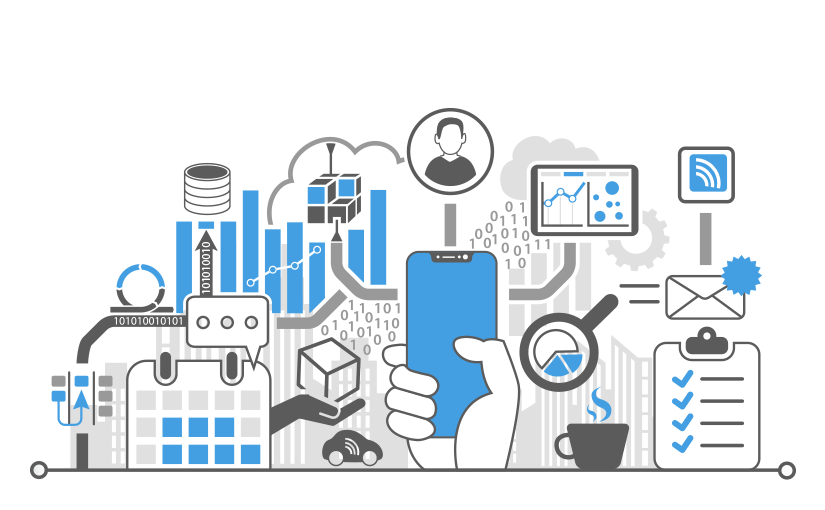The digital revolution is well underway. From purchasing products on Amazon to ordering groceries online, the leaps and bounds made in modern technology continue to allow a growing number of people around the world to participate in what we call the “digital economy.”
The transformation of the digital economy was sluggish at first, much like many of the best inventions of our time (like the steam engine and printing press). At the turn of the twenty-first century, almost no one could foresee the development of the modern-day smartphone, a tiny device now more powerful than the U.S. National Aeronautics and Space Administration previously used to blast two astronauts to the moon! Today, however, it’s estimated that over four billion people worldwide have access to these life-changing mini supercomputers.
The digital economy isn’t only changing the way we buy things. It’s transforming careers, it’s encouraging the development of new skills, and it’s demanding creative solutions to solve sophisticated problems. In fact, a report from the McKinsey Global Institute estimates that up to 50 million people (or about one-third of the American workforce) will have been transformed by digitization by next year.
Digitization Is Expanding Financial Opportunities
What does this mean when it comes to the financial world? Digitization is changing the way we use and invest our money. The digital economy is severely disrupting traditional banking institutions which are under massive strain to keep up with burgeoning technologies and the accessibility demands of their users. In fact, many savvy bank account holders and investors are looking outside of what traditional financiers have to offer as they discover new ways to enjoy greater returns.
Then there are “online currencies.” Cryptocurrencies like Bitcoin and Ethereum and the technology necessary to fuel these currencies (blockchain) are making the completion of financial transactions easier, faster, and more secure. What may be even more beneficial is that the same underlying technology which powers blockchain can provide in-depth information about consumers.
This information gleaned by blockchain can also provide peer-to-peer (P2P) lending platforms with a better understanding of how likely an individual will be able to repay a loan. Potential investors can better vet borrowers by having the best information possible available to them before making an investment decision. This protects consumers and ensures the financial integrity of the system while supporting both innovation and efficiency.
There is no question that P2P lending platforms are going to continue to fill the widening void being left by traditional banks. Provided that the lending platform is following proper guidelines, the P2P model has made it possible for lenders and borrowers to engage in safe transactions where the money from the lender goes directly to a borrower. It should therefore come as no surprise that as we move deeper into the twenty-first century that P2P transactions are expected to play a major role in supporting and revolutionizing our growing digital economy.
